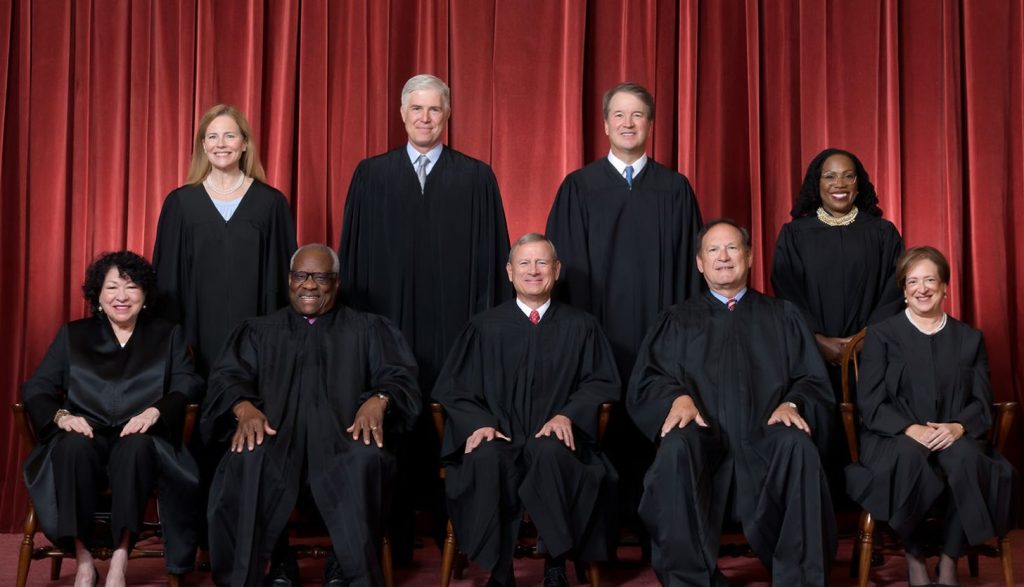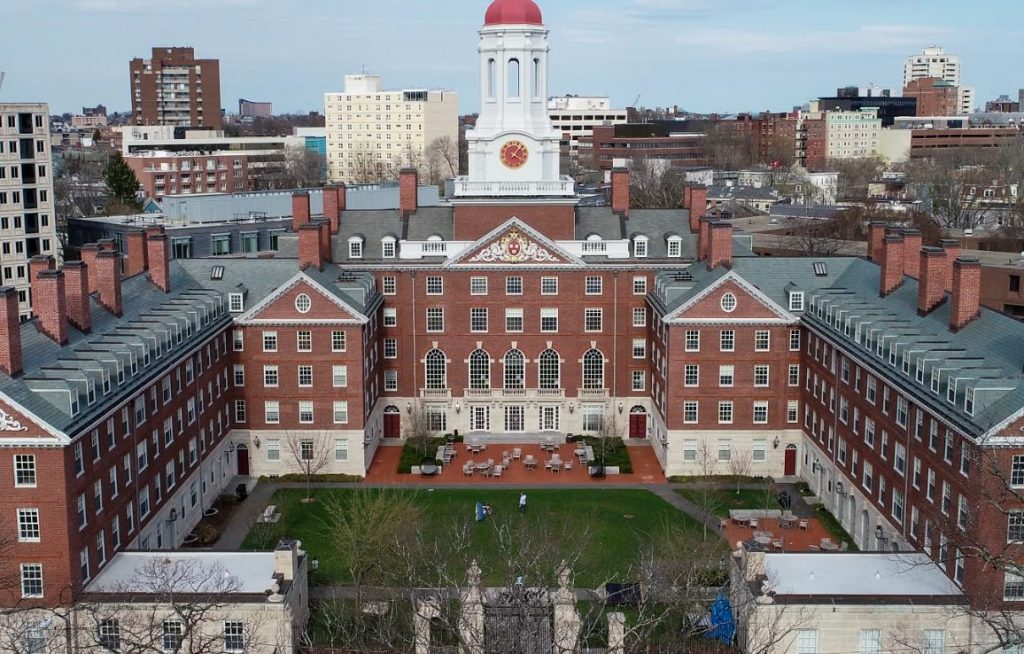By: Lenora Kirkland


This past month the Supreme Court heard two cases regarding the use of affirmative action in college admissions. The first of the two hearings involved a close look at Harvard University’s race-conscious admissions process. Eight of the nine Supreme Court Justices were involved in the oral arguments for this case.
The ninth Justice Ketanji Brown Jackson opted not to participate due to a potential conflict of interest having connections tο the ivy league institution as both an alum and as a previous member of Harvard’s Board of Overseers. This case began via a lawsuit by Students for Fair Admissions Inc (SFFA), originally filed eight years ago, against Harvard University for alleged discrimination in its admissions process on the grounds of race.
SFFA has sued the University of North Carolina on similar grounds. The argument being made by SFFA is that affirmative action, in the cases against both universities, is a violation of Title IV of the Civil Rights Act which prohibits race discrimination in academic institutions that receive federal funding. In the case of SFFA versus UNC, the prosecution argues that such policies also go against the equal protection clause of the 14th constitutional amendment.
The importance of diversity in education seems to be a compelling interest for members of the Supreme Court as it enhances the quality of a student’s education and better prepares them to serve a diverse world; however, there are divisions over how this diversity should ultimately be achieved. The case against Harvard, as well as the case against UNC, are set to play an important role in determining how race is used in the college admissions process, and how racial diversity is pursued in the realm of education. The question of redressing historical grievances related to slavery and the long-standing oppression of black Americans has also been a factor in the case for affirmative action.
As presented in the arguments for affirmative action, race is only one of many factors that may tip the scale in favor of students from minority backgrounds. It has been argued by a number of Justices that a student’s race is a part of their identity and that its inclusion in college applications enables universities to admit students using a more holistic framework. SFFA contests this statement by arguing that race is not necessarily an integral part of every minority student’s identity.
One of the key elements of the affirmative action debate is the precedent set by Grutter v. Bollinger in 2003. This case set a precedent in support of affirmative action in college admissions, which SFFA seeks to overturn. The main premise of the 2003 case was that affirmative action was necessary in order to ensure equality of opportunity in the academic sphere. But why then has the issue of affirmative action resurfaced?
At the time of the Grutter v. Bollinger decision, Supreme Court Justice Sandra Day O’Connor commented “The Court expects that 25 years from now, the use of racial preferences will no longer be necessary to further the interest approved today.” As these 25 years are nearly up, the issue currently being debated is whether or not the use of affirmative action is still needed in order to ensure all applicants have equal access to the academic opportunities of higher education.
All that being said, there is significant debate over the existence of sufficient race-neutral alternatives that would justify the termination of affirmative action policies. Though both sides seem to agree that there is a problem, they are divided over how it should be rectified. The arguments for both cases are available on the Supreme Court’s official website. As citizens we must do what we can to stay informed on these important topics; the future of our nation depends on it.
Sources: Supreme Court Website, Oyez, CNN, Reuters, Ballotpedia, Washington Post
